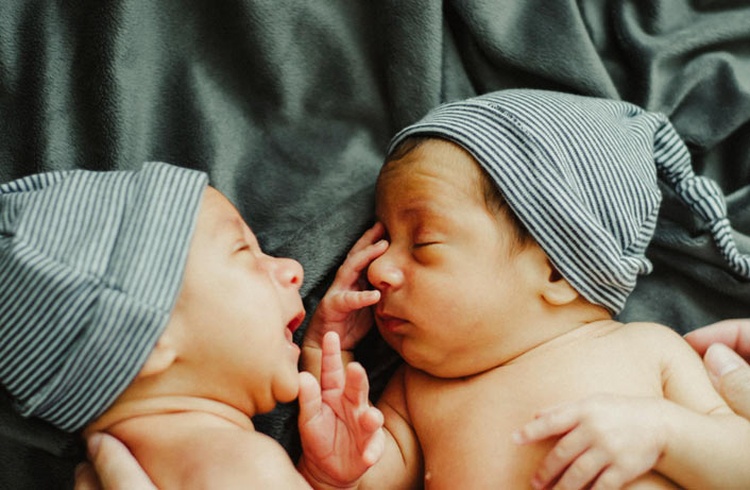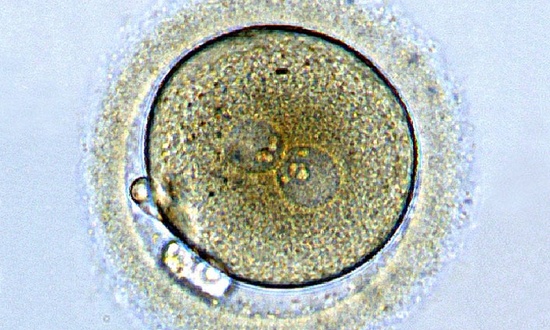A prolife reader recently asked me, “How do we explain twins? It has been raised to me as an argument against conception being the beginning of life.”
I’m familiar with this argument that comes from twinning, the division of a conceptus, and recombination, the reuniting of two concepti. These can occur up to twelve days after conception, before or after implantation. Therefore, some believe individual human life does not begin until that time. Robert Wennberg addresses this argument:
Imagine that we lived in a world in which a certain small percentage of teenagers replicated themselves by some mysterious natural means, splitting in two upon reaching their sixteenth birthday. We would not in the least be inclined to conclude that no human being could therefore be considered a person prior to becoming sixteen years of age; nor would we conclude that life could be taken with greater impunity prior to replication than afterward. The real oddity—to press the parallel— would be two teenagers becoming one. However, in all of this we still would not judge the individual’s claim to life to be undermined in any way. We might puzzle over questions of personal identity... but we would not allow these strange replications and fusions to influence our thinking about an individual’s right to life. Nor therefore does it seem that such considerations are relevant in determining the point at which an individual might assume a right to life in utero. [1]
In the case of identical twins, the genetic code that each possesses is indistinguishable. If this meant that either were somehow less human because of that exceptional condition, it would also mean that they must be less human after birth. (And triplets less human still.)
Here’s a great answer from Abort73, a ministry I highly recommend:
Some argue that because one human zygote has the capacity to become two (or more) human zygotes, that is evidence that individual human life does not begin at conception.
Before considering such a claim, it should be pointed out that surgical and medical abortions are both performed well after the zygotic stage of pregnancy has ended. So if you’re going to argue that human zygotes should not be recognized as persons until after the capacity for twinning has ceased, be aware that this argument does nothing to justify abortion in the mainstream. Where it does come into play is in the joint arenas of birth control, embryonic stem cell research, and in vitro fertilization. All three interact with the human embryo during the zygotic stage. Specifically, certain birth control methods can destroy an already conceived human embryo by preventing implantation. Embryonic stem cell research relies on extracting embryonic stem cells that can only be obtained by destroying a human embryo, and it is commonplace for “extra” human embryos to be discarded during in vitro fertilization.
The question then is this. Does the existence of monozygotic twinning prove that the human embryos being destroyed during the zygotic stage are not actually persons? To help answer that question, there are a number of things to consider:
- There is overwhelming biological consensus that individual, human life begins at conception. It is the only definitive starting point in human development—with the possible exception of the splitting that occurs during monozygotic twinning itself.
- Parthenogenesis is not a process by which one organism becomes two. It is a process by which one organism produces another. If this is indeed the process by which monozygotic twinning takes place, there is a very real sense in which one twin is “parenting” the other.
- If you understand monozygotic twinning to be a form of parthenogenesis, it is reasonable to conclude that the life of one twin began at conception while the other’s began at the point of division.
- In the broader realm of cloning, the production of a second, genetically-identical clone does not mean the original being ceases to exist or never existed at all.
- The process of twinning does not appear to alter the essential character of the zygote that existed before the twinning occurred. Where there had only been one “body,” cleavage yields two.
[1] Robert Wennberg, Life in the Balance: Exploring the Abortion Controversy (Grand Rapids, MI: Wm. B. Eerdmans Publishing Co., 1985), 71, cited in Francis J. Beckwith, Politically Correct Death: Answering the Arguments for Abortion Rights (Grand Rapids, MI: Baker Book House, 1993), 97
Photo by Rose Elena on Unsplash




